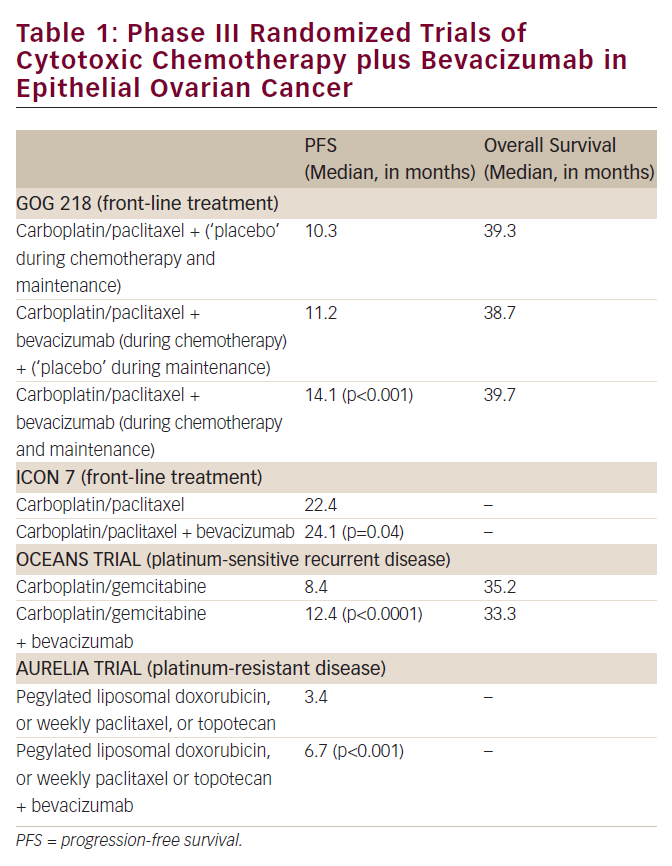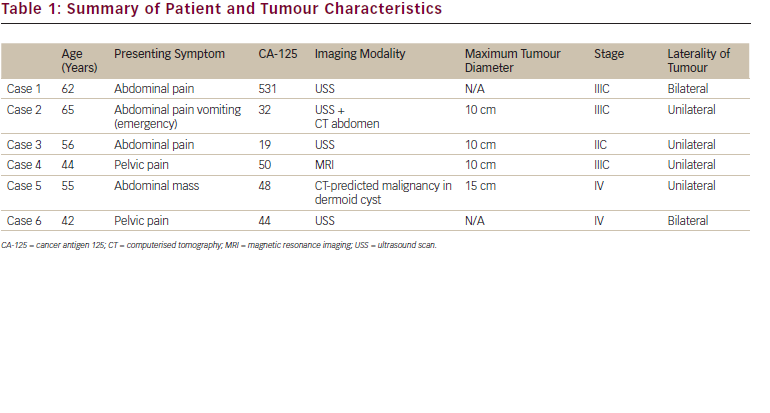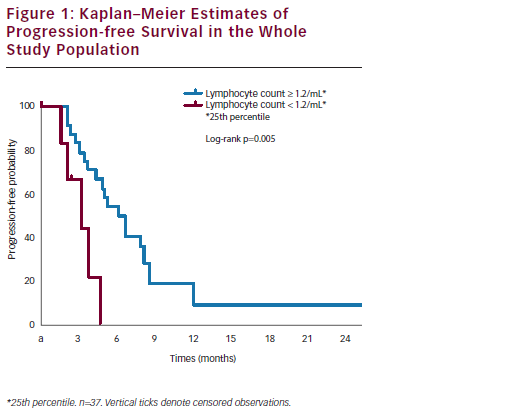The Clinical Problem
Malignant epithelial ovarian cancer diagnosed during pregnancy is rare, with an estimated incidence of 1:12,000 to 1:50,000 pregnancies.1–3 A recent review4 identified 28 publications pertaining to maternal malignant epithelial ovarian cancer, spanning a time period of 49 years. The paucity of published data and low incidence of maternal epithelial ovarian cancer is likely to reflect the low prevalence of ovarian cancer in younger women. The incidence of maternal primary epithelial ovarian cancer appears to be increased in the older pregnant patient.4 In the UK there has been a two-fold increase in the birth rate in women >30 years of age and a three-fold increase in women >40 years of age since 1975.5 Similarly, in the US since 1980 the proportion of first births has increased three-fold in women ≥30 years of age, sixfold in women ≥35 years of age and 15-fold in women ≥40 years of age since 1980.6 Overall it is uncertain whether ovarian cancer associated with pregnancy is increasing,7 although this seems possible as childbearing among older patients increases.
Diagnosis
Patients may present with pain, abdominal distension or a mass, although many are asymptomatic at the time of detection.4 Approximately 50% of maternal epithelial ovarian cancers are detected as an incidental mass on routine pelvic or ultrasound examinations, with the majority detected in the first and second trimester. Detection at the time of Caesarean section or in the postnatal period is less common.4
To read full article please click here









